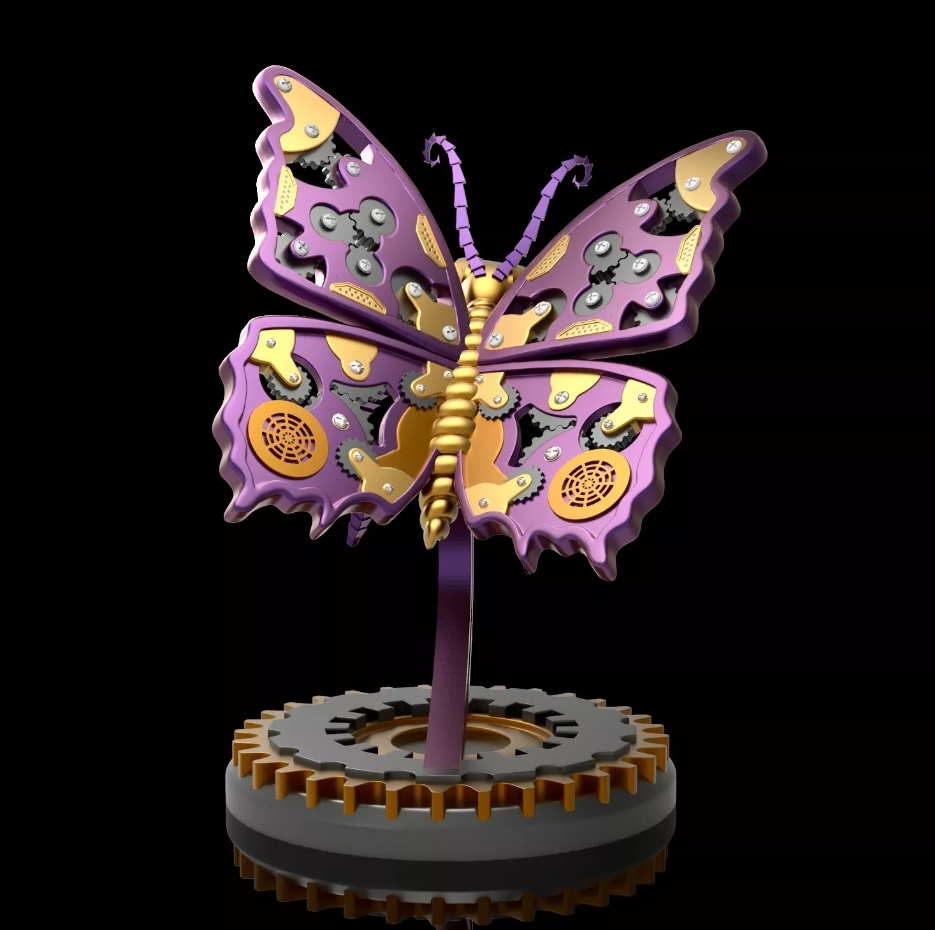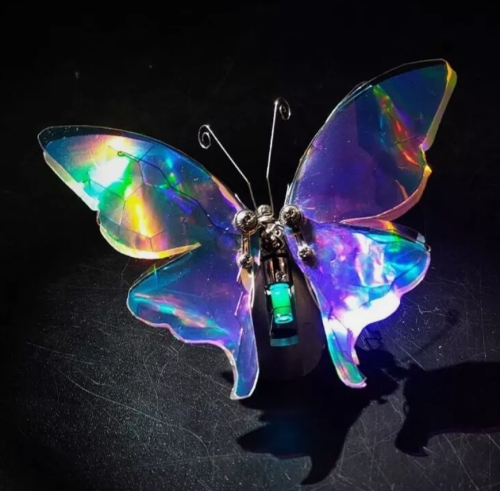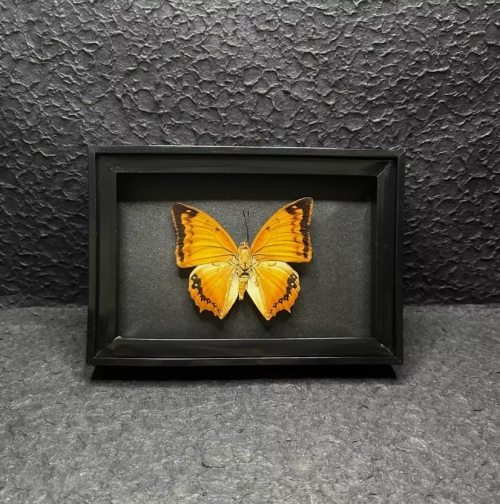Butterfly specimens are a unique art form that combines beauty with science. These delicate insects, with their brilliant colors and graceful dances, have become one of the most popular creatures in nature. When we look at these specimens, it is as if we can travel through time and feel the moment when they dance in nature.
The process of preparing butterflies requires great patience and skill. First, the preparation of a specimen usually begins with the capture of a butterfly. After capture, it needs to be processed in the appropriate environment to keep its color and shape intact. The butterfly is then attached to a specially made specimen plate, where the wing position must be carefully adjusted to show its most beautiful side. The process requires not only specialized tools, but also a taxidermist's in-depth knowledge of butterfly species, habits and anatomy.
In the preservation of specimens, also unique ingenuity. After the specimen is made, it is usually placed in a moisture-proof and insect-proof box to ensure the long-term preservation of the specimen. In a confined environment, experts use specific chemicals to prevent infestation and decay to protect these precious samples. All these efforts are aimed at allowing more people to appreciate these natural beauties one day in the future.
Butterfly specimens are not just a collection, they are also important material for scientific research. Through the observation and analysis of specimens, scientists can understand the ecological habits of different species of butterflies, their distribution, and their interrelationship with the environment. This research is of great significance for protecting biodiversity and understanding the balance of ecosystems.
In addition, butterfly specimens also play an important role in the field of education and art. In school science education, butterfly specimens can stimulate students' curiosity about the natural world and encourage them to explore and discover.
















